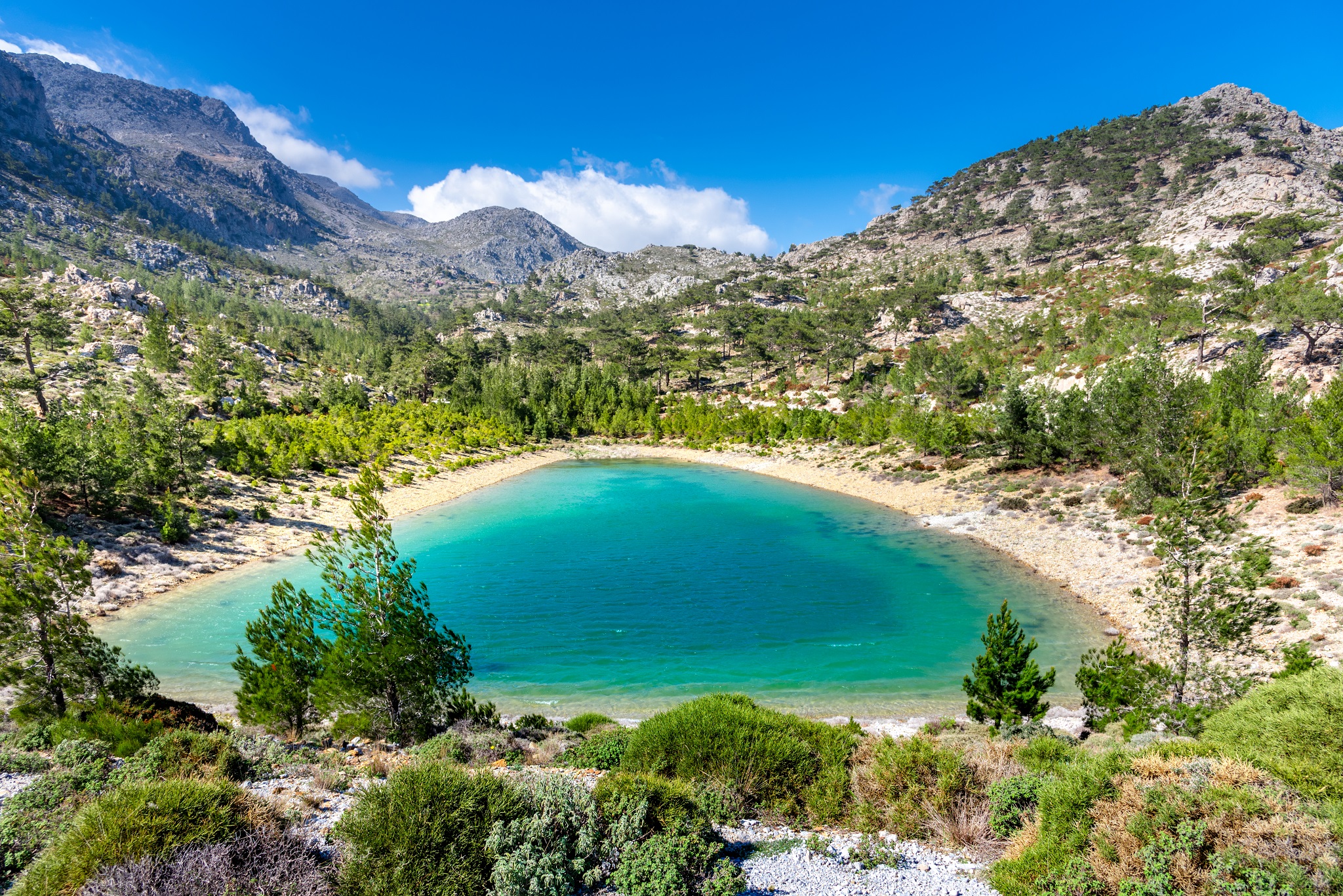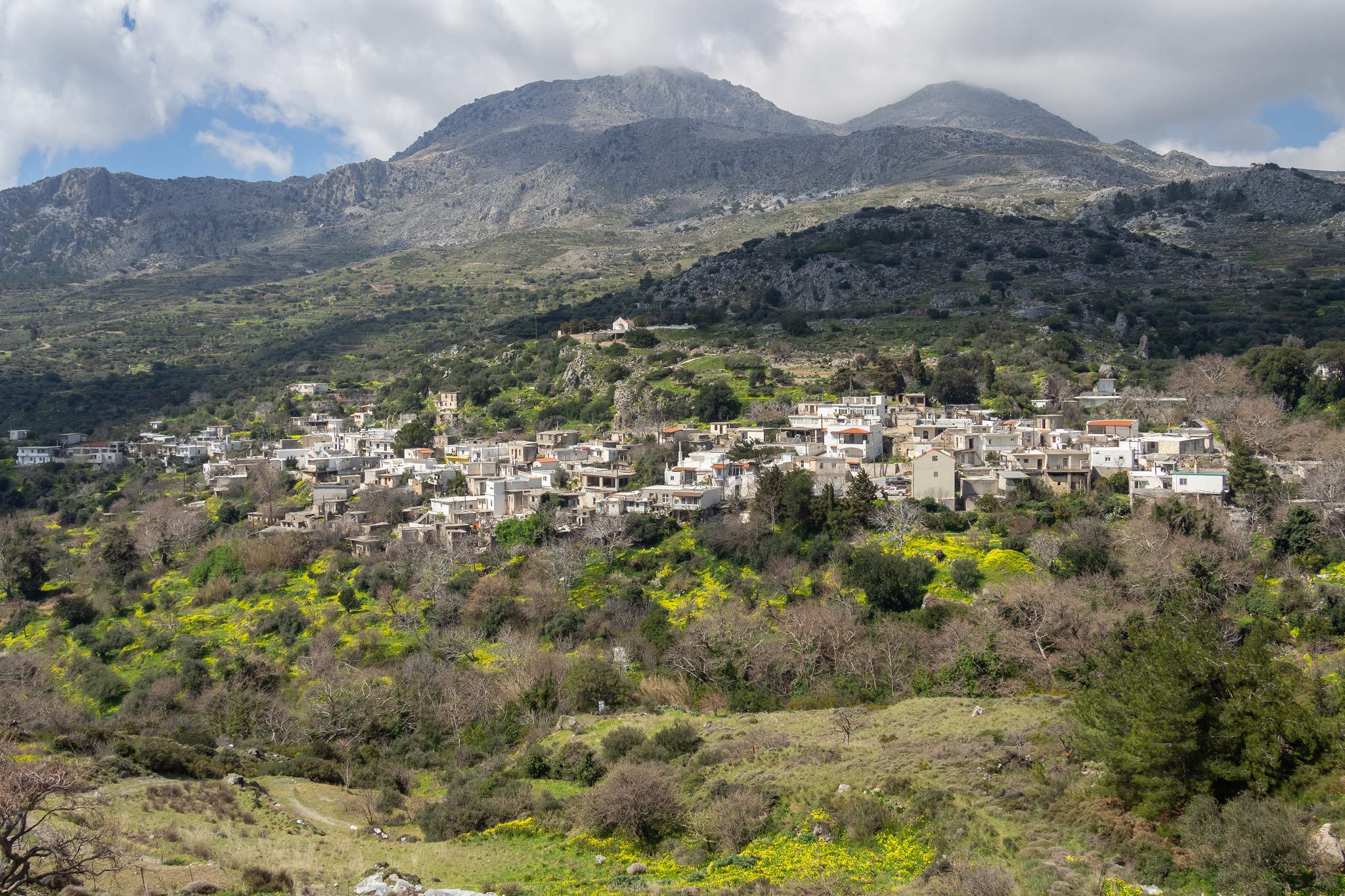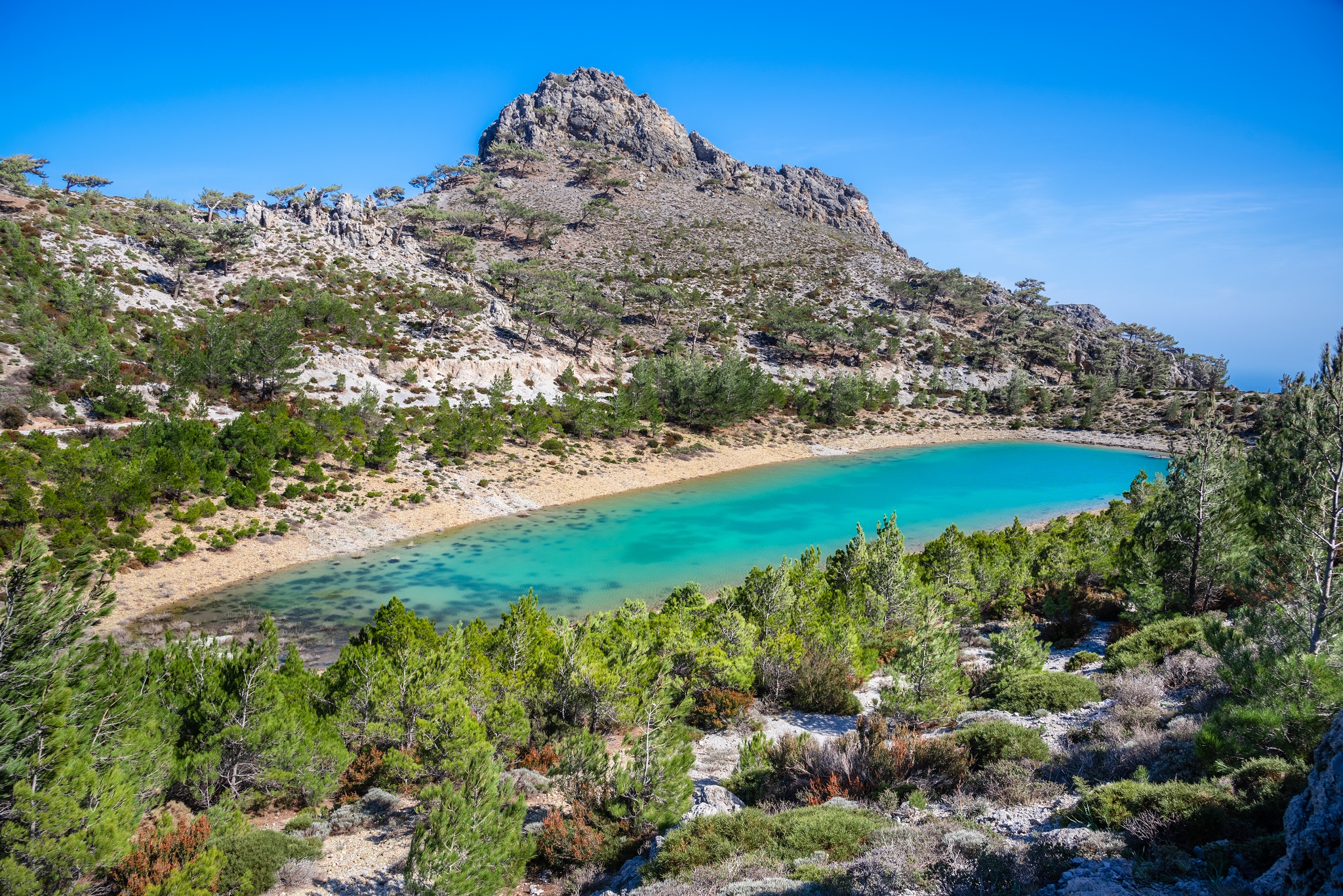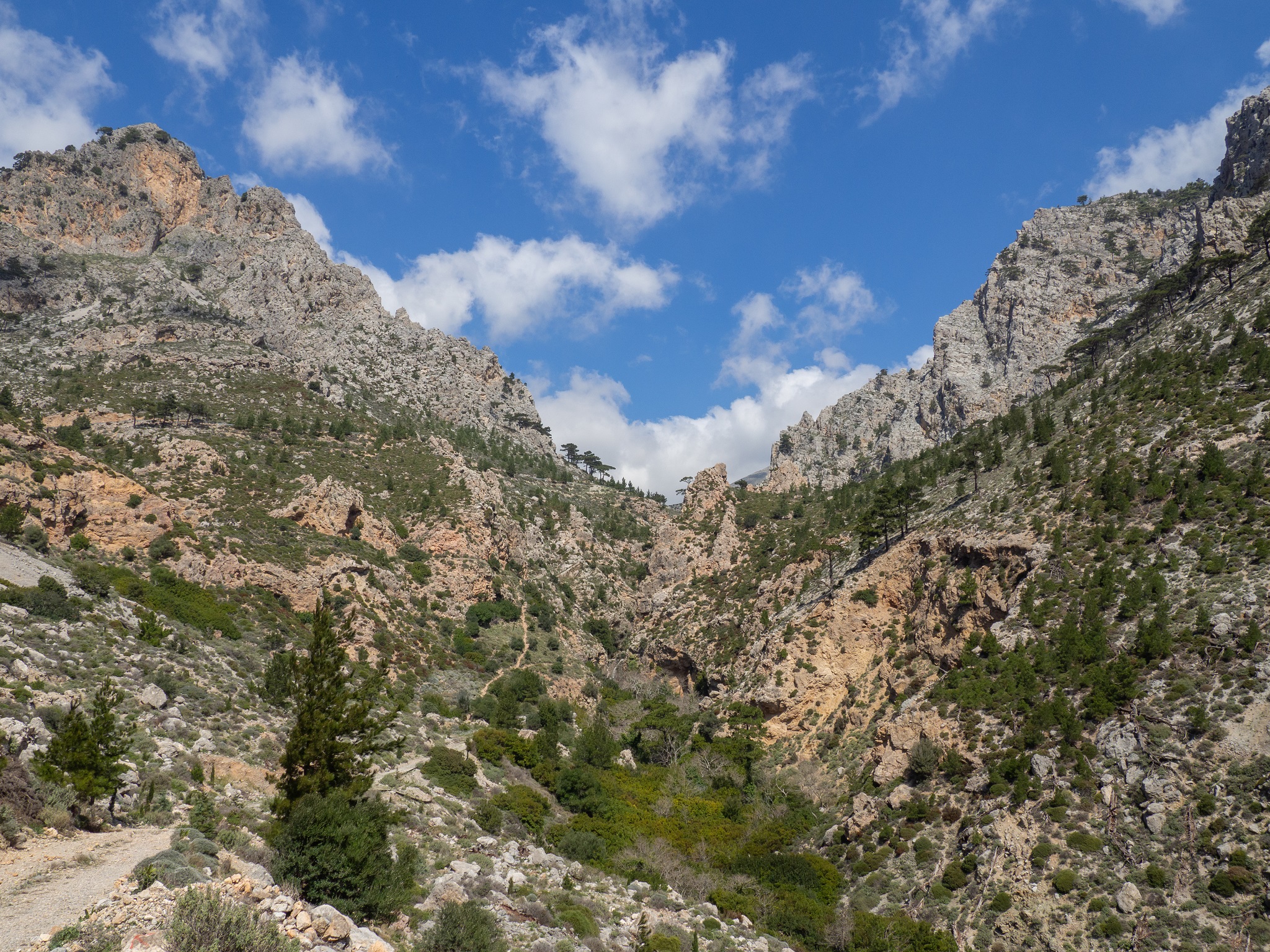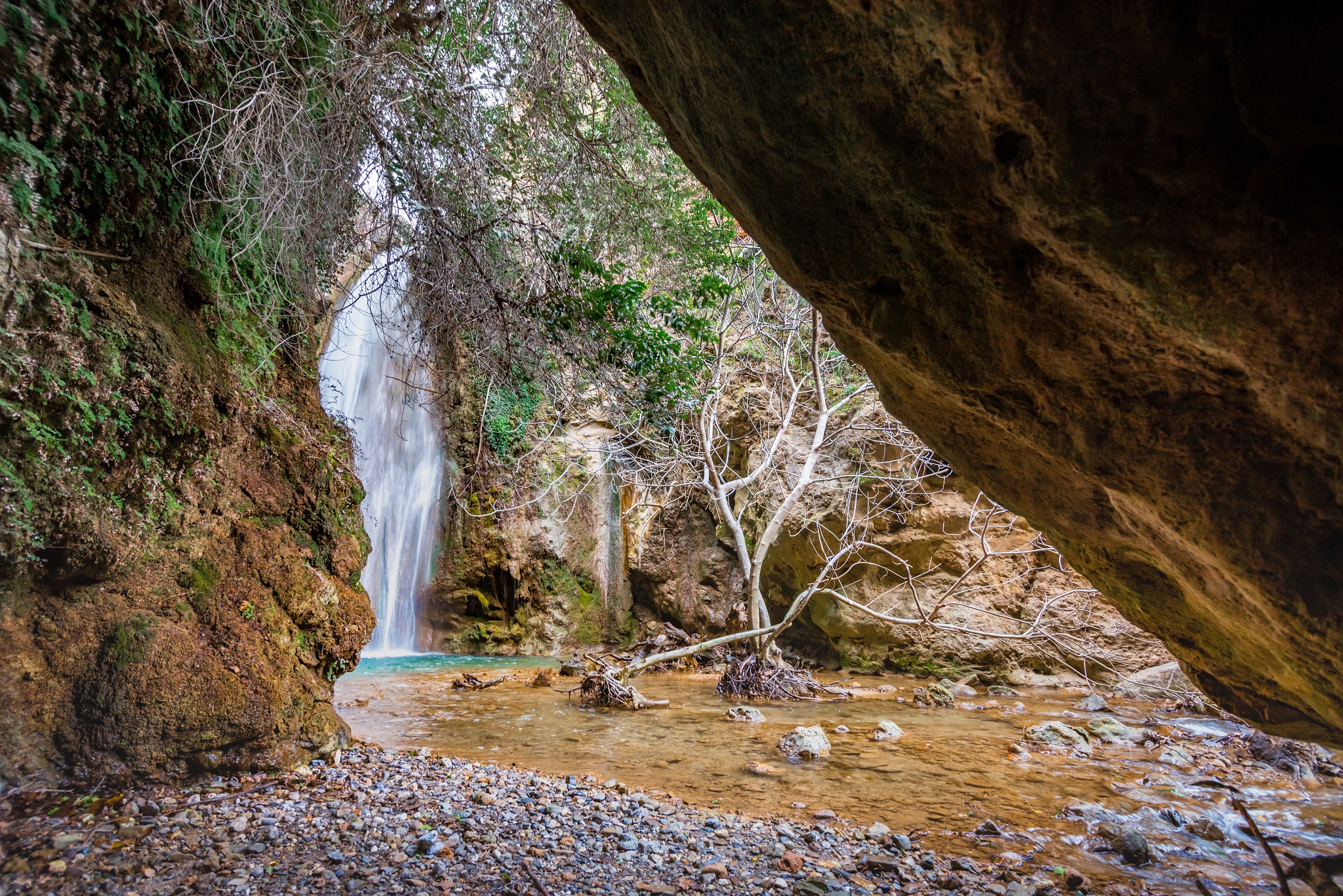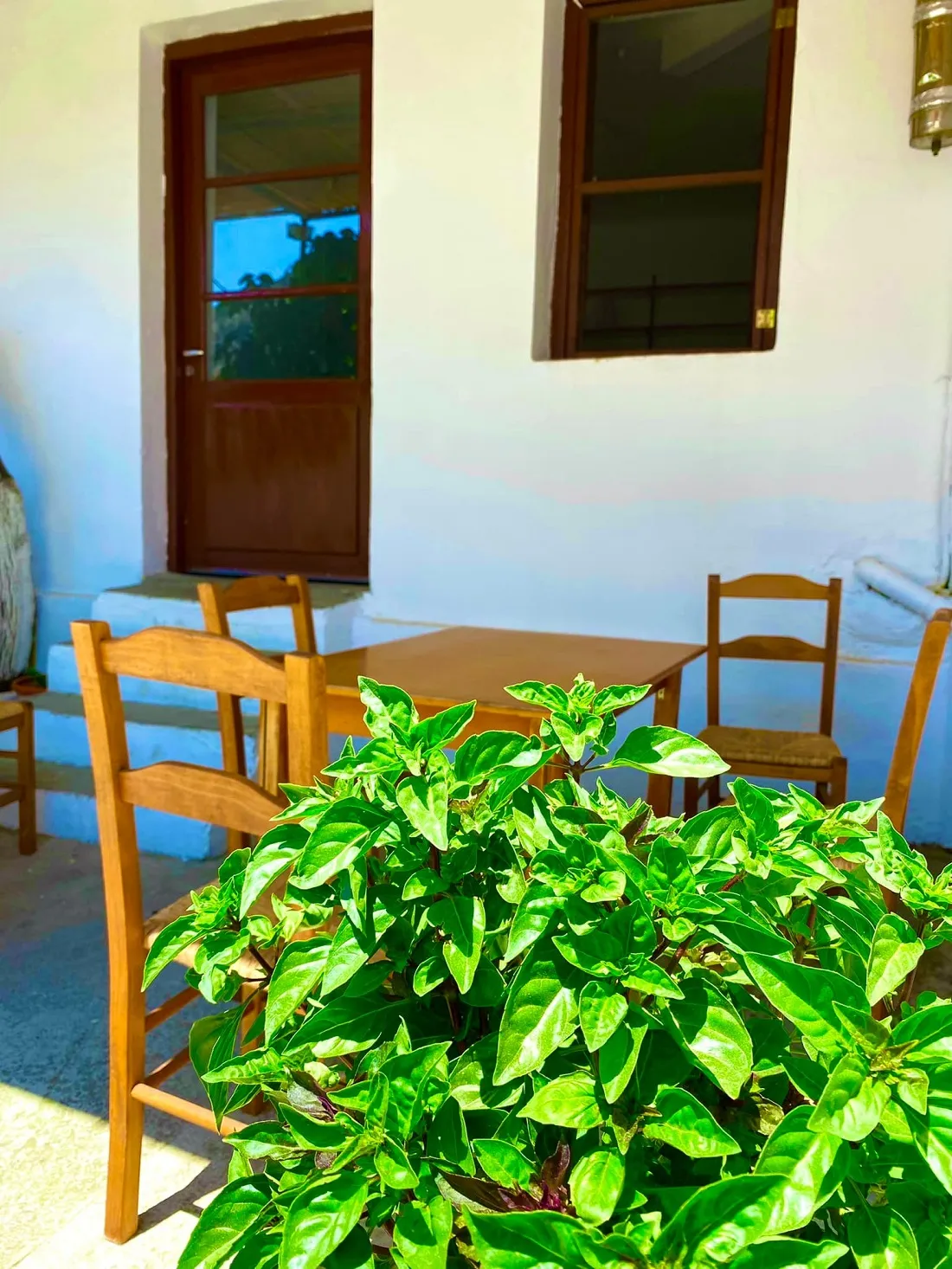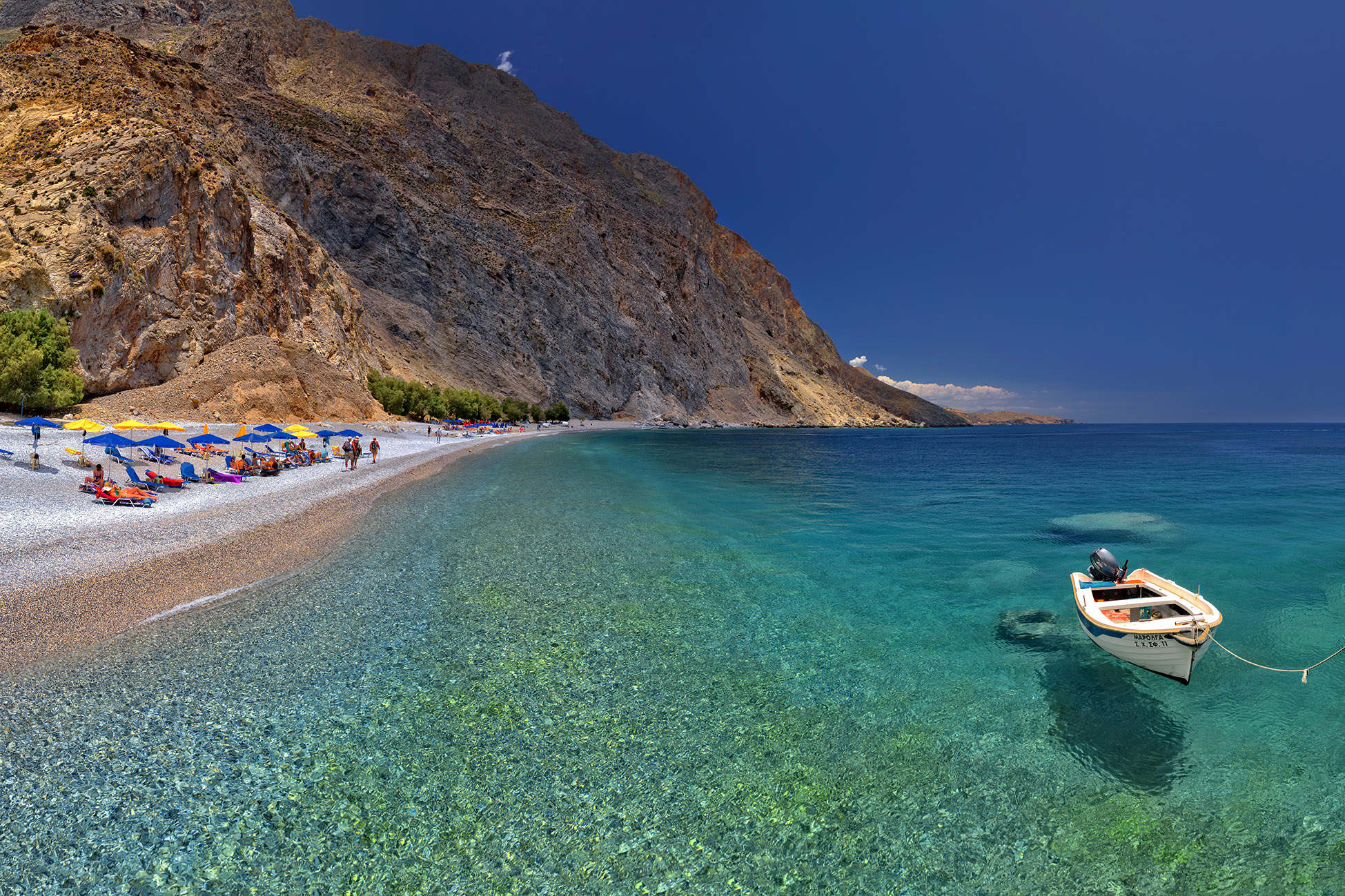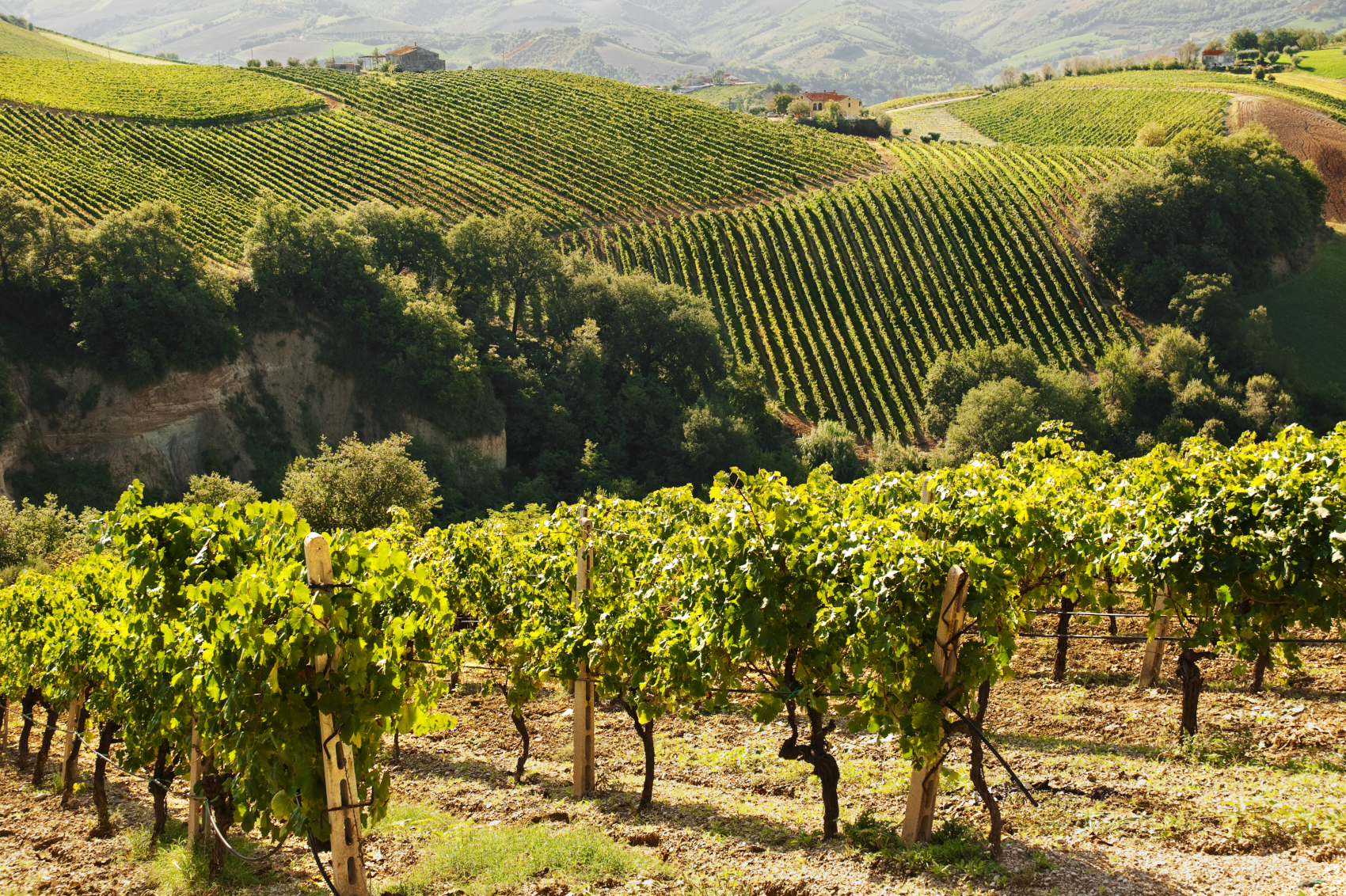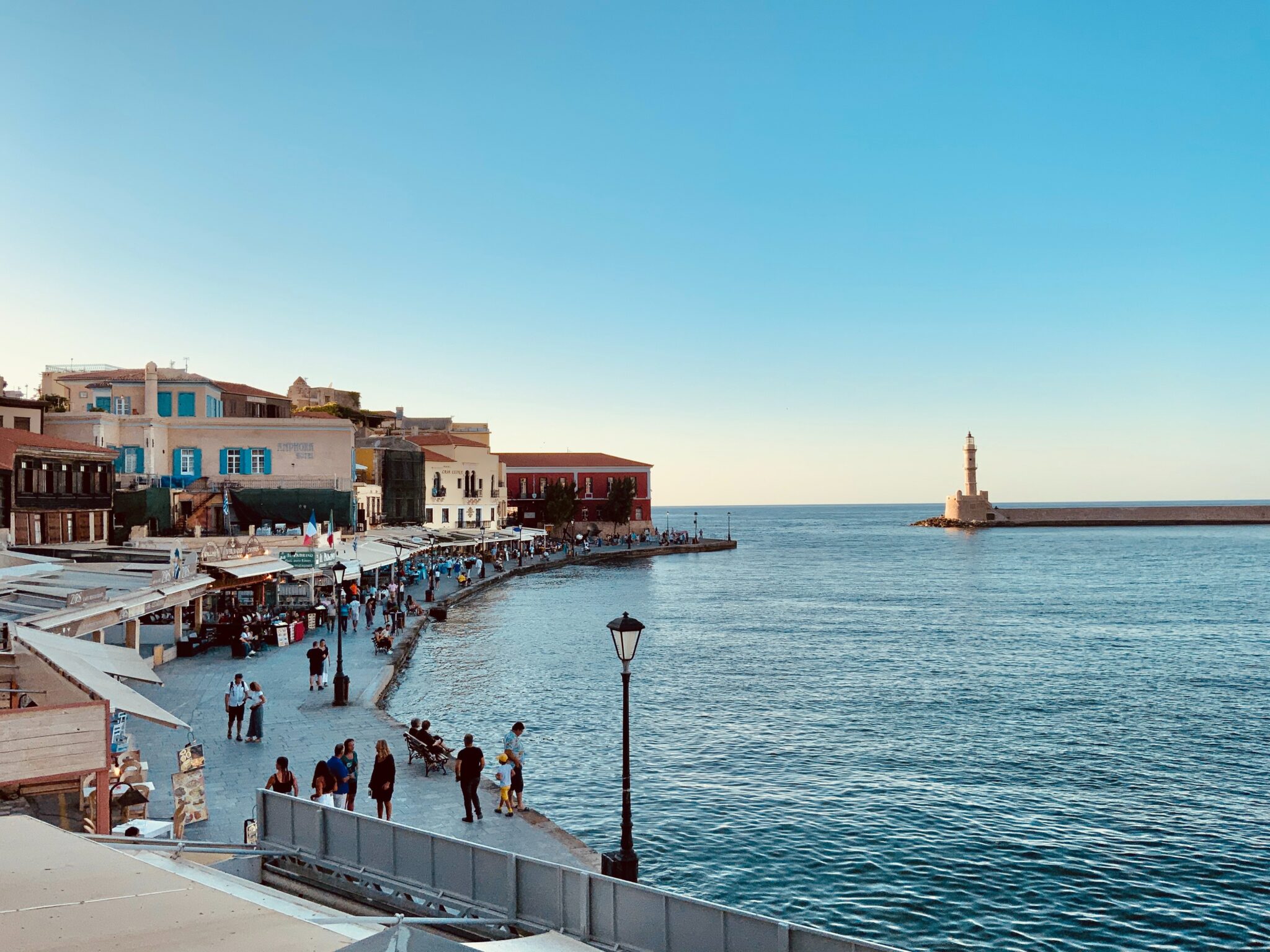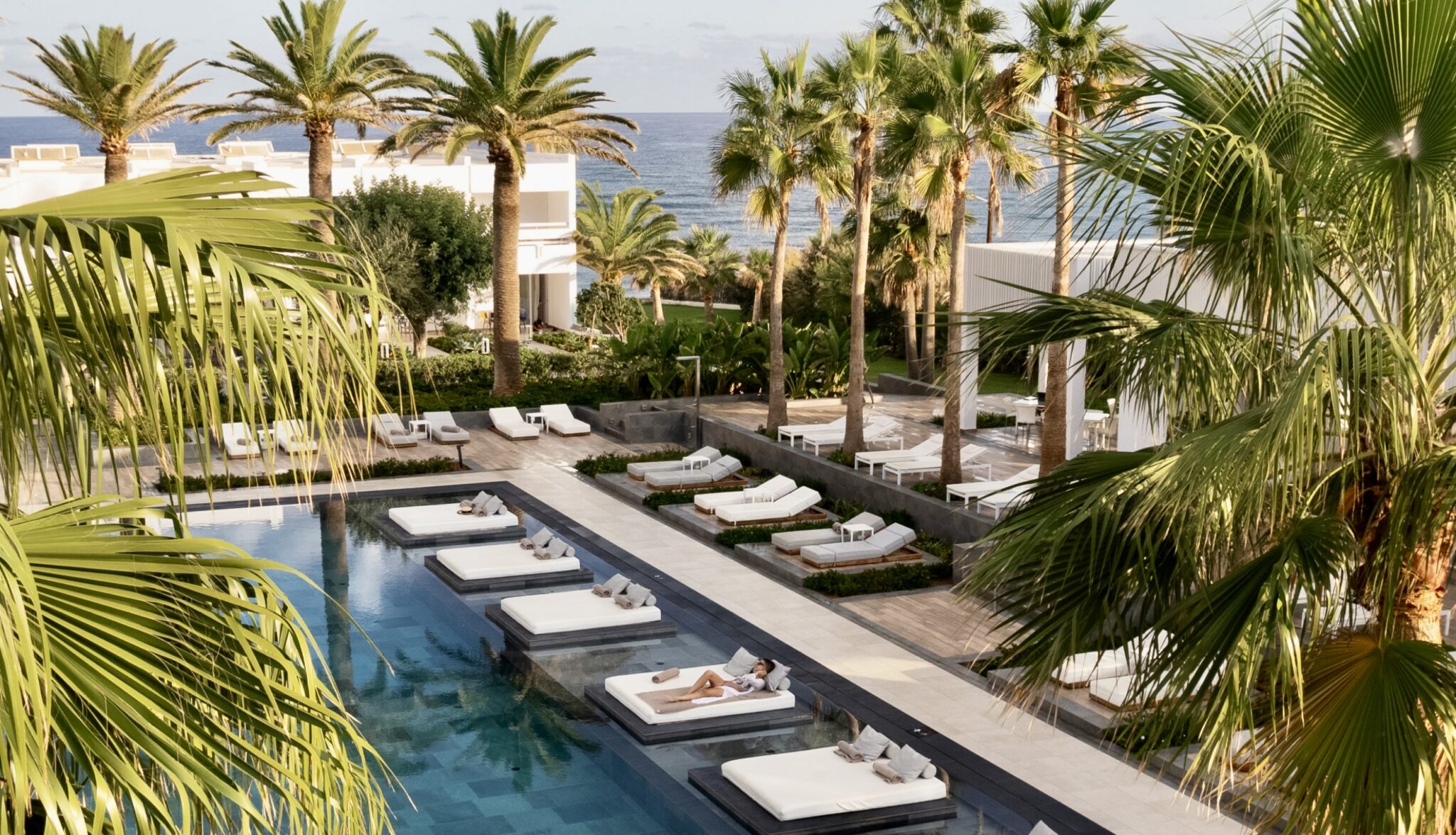Eastern Crete bears a distinctive visage. In particular, the Lassithi region offers a remarkable landscape, marrying coastal proximity with established urban settlements such as Agios Nikolaos, Sitia, and Ierapetra, and mountains that rise beyond 2,000 metres in altitude, like Dikti. This terrain is also peppered with valleys lush with olive trees.
Due to its unique geomorphology and the prevalent high temperatures that tend to linger even after summer’s end, this region is dotted with plateaus and canyons. Yet, it’s sparse when it comes to significant rivers — most being seasonal streams — and visible running waters. However, there are a few natural springs which locals utilise for irrigating their crops.
For these very reasons, the village of Oreino stands as a noteworthy exception in Lassithi, appearing verdantly amid a pine-rich forested expanse. Furthermore, while it has evaded the trappings of mainstream tourism, it beckons visitors year-round, being in close proximity both to Lake Skafi and the Gorge of Red Butterflies, a name that invariably captures the imagination of those who hear it.
The Pines and Lake Skafi
The village goes by the official name ‘Oreinon’, a nod to the archaic purist language of yesteryears, although locals also know it as ‘Orno’. Situated at an altitude of 623 metres, it is positioned at the base of Lassithi’s mountain, Afentis, which majestically rises in the village’s backdrop, towering to a height of 1,475 metres. As of the 2011 census, the village was home to 101 residents, though these figures await an update based on the latest ELSTAT census.
Historically, Oreino’s existence stretches back significantly, with potential origins tracing to Byzantine times. In its earliest days, the settlement was located atop the hill of Kastri, but in time it relocated to its current site. The village’s first mention in written records dates to 1368 when the Venetians referred to it as ‘Orno’. Contrary to what one might expect given its unique location, it isn’t a bustling tourist hub. It remains a quiet, largely undiscovered haven.
Those who do venture to Oreino for a visit are immediately captivated by its landscape. Many speak of this area as a natural sanctuary where lush pine-covered surroundings meet the entrance to the stunning Gorge of Red Butterflies and neighbouring Lake Skafi. The mere presence of Lake Skafi on an island that, despite its size, boasts few lakes, lends a distinctive character to the region.
It’s well-known that Crete has only one natural freshwater lake, Lake Kournas in Chania. This highlights that Lake Skafi is man-made, its creation a result of human intervention in the local environment. A concrete channel brings waters from the surrounding mountains to the lake, with the Goulas stream playing a mediator’s role.
The name of the lake is derived from its shape, which is often said to resemble a boat when viewed from above. Access to this picturesque location is straightforward, facilitated by a dirt track that originates from Oreino, extending southwest for about three kilometres, leading you towards the aforementioned pine forest. The waters of the lake remain clear and refreshingly cold, even during the height of summer. In particularly warm spells, one can observe many seizing the opportunity for a rejuvenating dip.
The Gorge of the Red Butterflies
The Gorge of the Red Butterflies might not be as renowned as the Ha Gorge, for instance, but those who’ve traversed it consider it amongst the most scenic in Crete. Its distinctive name, unsurprisingly owes to its population of red butterflies. Once, these butterflies were myriad, but in 1993 a devastating fire significantly reduced their numbers. Now, 30 years later, while the vegetation has regenerated, the red butterfly population hasn’t fully returned to its former size. However, if fortune favours you, you may still spot a few flitting amidst the surrounding shrubs and bushes as you navigate their natural habitat.
The gorge begins at Oreino and concludes at the coastal village of Koutsouras, a favoured holiday destination for those from Lasithi. The journey spans approximately 6.5 kilometres and is estimated to take around four hours on foot. Informally, this trek can be segmented into three distinct parts. Initially, the gorge is at its most verdant. After about an hour, the landscape shifts, transforming into a more mountainous terrain punctuated with pockets of agriculture, including olives, wild olives, and carob trees. As you progress, the towering mountains become increasingly dominant, presenting rugged cliffs with limited vegetation, yet commanding in their stark beauty.
The path, generally speaking, is straightforward. It is well-signposted—signage one should adhere to with utmost precision—and is suitable even for novices, provided they maintain good physical health. One must account for the return journey, especially if planning a return to Oreino. Only if one intends to meticulously explore the emerging waterfalls will expertise and specialised equipment, such as ropes, be necessary. During summer, the heat is palpable and the waters of the gorge tend to dwindle. Conversely, in winter, conditions can be more challenging, necessitating heightened caution and perhaps a deeper hiking experience. Hence, autumn and especially spring are deemed the most opportune times for visits—when waters are still abundant and a plethora of wild flowers bloom in various hues.
As for the water sources, they originate from the Ampleia plateau, high up on the neighbouring Thrupthi mountain. They meander serenely through the main square of Oreino before penetrating the gorge. Once there, some magnificent waterfalls are formed—one, for instance, cascades from a height of 15 metres—alongside small pools which mirror the surrounding verdant vegetation. Locals refer to these pools as ‘kolympes‘ or ‘vrondes’. Notably, the last three waterfalls, towards the Peristeriona area, are considered among the most beautiful in Crete, at least by those who have had the privilege of witnessing them. Beyond these natural wonders, the route presents two ancient chapels—now locked—dedicated to Lord Christ and Saint Dimitrios. These have stood since Byzantine times in Crete.
How to Reach Oreino (and a Wonderful Taverna)
Oreino is situated within the broader area of Ierapetra – the most populous town of Lasithi – from which it lies just under 30 kilometres. Anticipate a drive of approximately 35 to 40 minutes to reach this destination.
Many visitors to the area typically approach it as a day trip, basing themselves in Ierapetra. This is mainly because, as previously mentioned, Oreino is not a hub of tourism and thus lacks accommodation facilities. Nonetheless, its mild winters render Oreino an attractive destination throughout the year. Accessing the village is straightforward: once past Ierapetra, you simply need to head north-east along the provincial Kato Chorio-Sitia road, which runs directly through Oreino. From the village, another route also commences, linking it to Thrypti.
A key reason to visit Oreino, aside from the beauty of nature, is undoubtedly its cuisine. While the village may only boast a single café and one tavern, named “Orno” (Phone: +30 697 324 1863), the latter’s reputation for traditional Cretan dishes has resonated widely across Lasithi, drawing many to its tables. The menu includes delicacies such as snails with coarse grain, mizithropita (cheese pie), staka with eggs, and a variety of slow-cooked dishes – notably, the stuffed vegetables and the young goat baked in a wood oven are exemplary. Even their dakos (a type of Cretan rusk) is homemade, many vegetables are sourced from their garden, and it would be remiss not to sample their raki.



